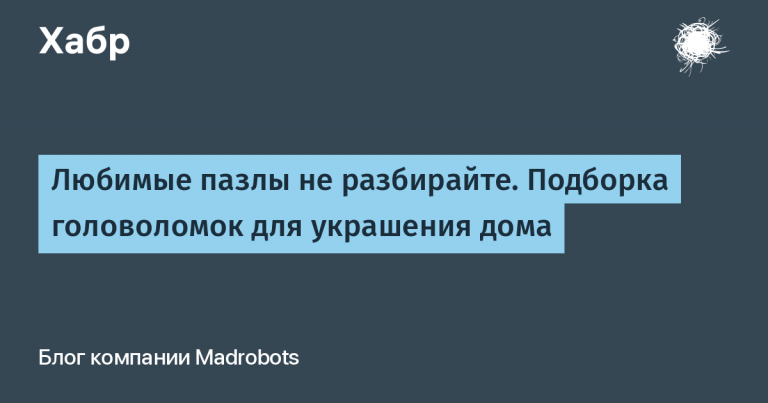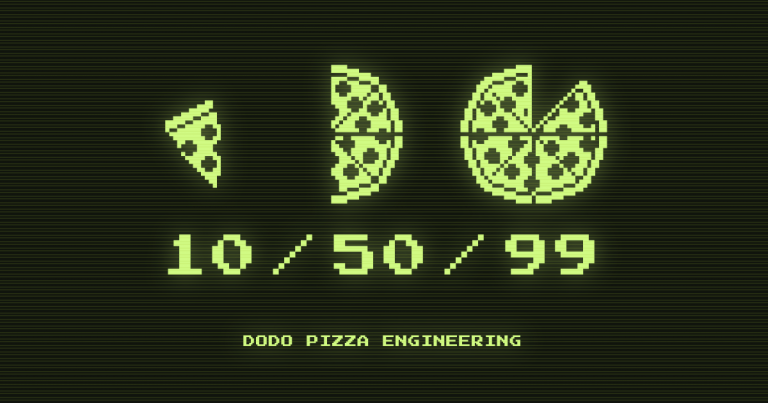The game of Go as a decision-making strategy in IT
My insights into Go for IT
The game of Go has a number of strategies that can only be explained to those who know how to play. Within the framework of this article, which is more of a popularization nature, without diving into the intricacies of the rules, I will share some of the most understandable insights that I learned from the game and applied in life. There is a saying that “go is the mirror of life,” and in this mirror almost every aspect of daily activity can be viewed.
Flexibility in a fast-paced environment
The game begins with an empty field – the player must decide to place the first stone. After the initial moves, it is impossible to calculate how either this position or the game as a whole will develop. Therefore, during the first moves the player is in a situation of complete uncertainty. You don’t have to make a move – at any moment in the game you have the opportunity to pass, then your opponent makes a move. While we give up and don’t take action, they continue to happen in the outside world, and we simply lose territory. Therefore, at the beginning of the game, you must constantly perform actions, even if it is not clear what this will lead to. The more moves, the clearer the overall picture becomes. Sooner or later, a situation will come when useful moves have been exhausted, and if the opponent plays on your territory, then he spends more and more of his points and drives himself into a trap. Here you need to stop in time and start saying “pass” so as not to engage in self-destruction of the previously achieved results.
This situation is very similar to real business and the everyday work process of an IT specialist, where new and often little predictable events constantly occur, deadlines shift, and new inputs appear. It is not enough to have your own development strategy – it is important to understand what meaning lies behind each move of your opponents, in what direction competitors are moving, what part of the playing field they want to fence off and make their own, what markets they are entering and what clients they are currently fighting for. The idea of ”taking everything” is counterproductive – the reality is that you need to see the competitor's plan and the free niches that are available without conflict or with a good chance of success in the fight. Flexibility in dealing with rapid environmental changes is important. Goh taught me that after each opponent's move, you should re-analyze the situation and adjust your plan. Some of the opponent's moves can radically change the position on the board, which will require not only a tactical reaction, but also a restructuring of the entire strategy. And there is no tragedy in this, it’s just life. You have to be able to play it.
Go – the cure for greed
The desire to capture new territories can blind an inexperienced player, and then he stops making moves that strengthen his position. They become critically weak, and the opponent can easily carry out a counterattack and take away what you already consider to be yours.
Numerous outbreaks of IT startups, even those that managed to pick up a valuable idea and receive seed funding, often burn out without turning their ideas into sustainable business processes. They are being replaced by new “invasions” – young and active players. Competition becomes the dominant factor – companies struggle to survive and make almost no profit.
The commandments of a Go player in this situation are “If the enemy strengthens himself, strengthen himself” and “If the enemy attacks, be sure to respond.” It is important to understand: it is not enough to indicate your claims to something, it still needs to be held and protected from invasion. Pull yourself out, improve your health, leave time for a quality life. You can’t earn all the money and you can’t pull off all the projects on moral and strong-willed alone. In the game of Go, 51% is already success and victory in the game. In life it is often the same: if you are effective and your opponents are weak, you will get more than 51%, but this no longer matters.
Connect people and resources
Go teaches you to combine stones that stand alone on the board so that they begin to interact with each other and form a common large territory. No single element by itself creates territory or influence. Even if he is at an important point on the board: without reinforcements, he will be neutralized in the opponent’s first attack. On the contrary, even in the most seemingly insignificant points of the board, a stone can prove infinitely valuable if woven into a larger plan.
This is reminiscent of the interaction of employees in a team, where the absence of the right specialist, for example, an architect or front-end developer, can jeopardize the results of the entire department. And a product that has not passed testing will upset users with critical bugs. Every person is important, but everyone is just a stone; The connections between the stones work.
If we take an example of the interaction of technologies, our own story (ROBIN) is instructive. Having an established market and successful projects with the implementation of software robotics (RPA), we gradually added stone technologies to the main platform and received a new value – the product “ROBIN.Assistant”. It now has functionality such as image recognition (OCR); chat with AI, allowing you to conduct a dialogue and run processes in natural language; process engine for building end-to-end processes for interaction between all employees and services; a designer of screen forms for working with requests and visually presenting the information received… and a number of smaller features. All this unites a large area of technology and is of interest to large players in the Russian market. Achieving synergy between all the stones at your disposal on the game board is perhaps one of the main lessons of Go that I continue to master.
Conclusion

I tell these and many other things from the world of Go from time to time at various seminars and training programs for the development of strategic thinking. There are always two roles and two joys that accompany my journey as a coach.
The first is when you go as a guide, interpret and reveal to a person a new gaming art and the secrets hidden in it. This is the joy of surprise and admiration from the discovery of something new that the listener experiences.
The second is when, sometimes several years later, a person practicing Go after my training comes and says: “Through Go, I realized this in my life or business!” This is the teacher’s joy for the personal discoveries and achievements of the students.
This is why I have been teaching the game of Go for many years, not forgetting that each knowledge or technology is good only in its application and the result it brings. Product development in IT for me is comparable to Go, because both are a search for more and more new applications of my tools. As they say in Go, I wish you a beautiful game!
PS: if you have questions about the game, ask them in the comments.





